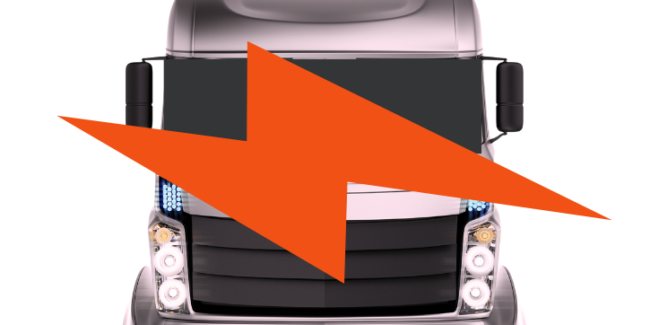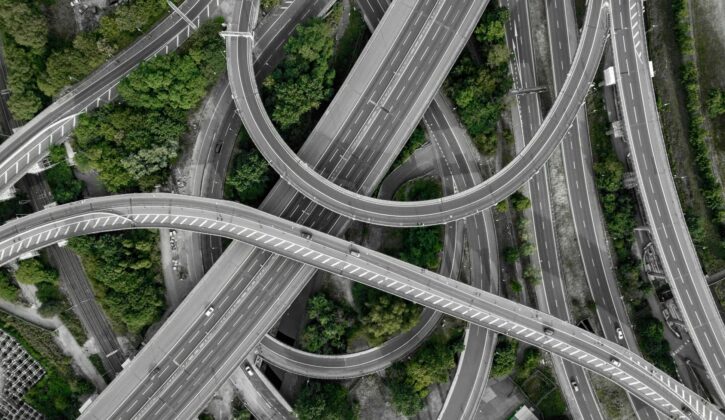
The Wheels of Commerce
A Deep Dive into the US Freight Sector
The US transportation industry is a vast service business with several modes. We estimate it generated $1.24 trillion in revenue in 2022 using Department of Commerce and ACT Research data. The story of the US transportation is really a simple one: people need stuff, that stuff needs to be sent from the place it’s made to the place it’s needed. To do that, truckers use trucks as a tool to deliver freight and make money. When those tools aren’t efficient anymore, they buy new trucks to replace the old. It’s simple. The harder part: predicting the rise in consumer demand (when people want stuff and when they have the money to buy it), when new trucks will be available to purchase, and how much money to charge to haul freight when consumers have more money so truckers can buy more new trucks.
Driving the Economy Forward

The Economics of Freight
The relationship between Class 8 vehicle demand and economic activity, particularly goods, is a longstanding trend that industry analysts have utilized to understand the historical and future production of trucks and tractors.

The Classic US Truckload Cycle
The Truckload Cycle explains where we are and what to expect next to strategically prepare for the road ahead. From spot rates to driver capacity, the Truckload Cycle leverages historical insights and market data to guide business decisions.

Market Indicators
The market vitals that measure the health of the industry are what we call market indicators; those metrics allow OEMs, suppliers, investors, dealerships, and fleets to understand and plan for the next phase in the cycle and beyond.

Trailer Demand & Economic Activity
There is a correlation between the broader economy and trailer demand, not unlike the correlation between consumer demand and trucks, and it can be utilized by industry analysts to understand the historical and future production of trailers.

Secondary Market, Primary Focus
The sale of used commercial trucks is critical to the overall health of the commercial market. It supports the smaller fleets and owner-operators to maintain higher-quality equipment standards and keep the movement of freight flowing across the nation's highways.

Charging Forward
Decarbonizing commercial transportation has become one of, if not the most critical, objective for OEMs, suppliers, fleets, and national governments. The last 5 years have seen massive growth and investment in this effort; what will we see in the next 5?

Driving Automation
The next significant advancement in commercial transportation is the opportunity to create greater efficiency through autonomous technology. The path to SAE Level 4 autonomy is fraught with regulatory, insurance, weather, application, and more challenges, but the payoff for fleets could be significant once in place.

The Driver Shortage
The driver is perhaps the most critical job in trucking. The need for quality, qualified drivers is always at a premier. Still, there are certain times in the truckload cycle when driver availability is limited, and driver shortage becomes a pervasive topic. We don't see it the same way; we look at the driver shortage differently at ACT Research.

Regulatory Impact
One of the main drivers of change in the industry is the various regulations that enforce how and when trucks roll down the road. Regulations play a major role in trucking and commercial vehicle markets, from safety to emissions. Below are categories of regulations, kept up to date, with notes on the potential impact and current status of proposed regulations on the industry.
"I would recommend ACT Research to anyone that’s looking for in-depth insight into what’s happening in the commercial vehicle markets. The expertise and knowledge that goes into the service they provide, there’s not a better solution, in my opinion, for commercial vehicle data than ACT Research."

Jeff Trent
Mahle

Resources
Whether you’re new to our company or are already a subscriber, we encourage you to take advantage of all our resources.